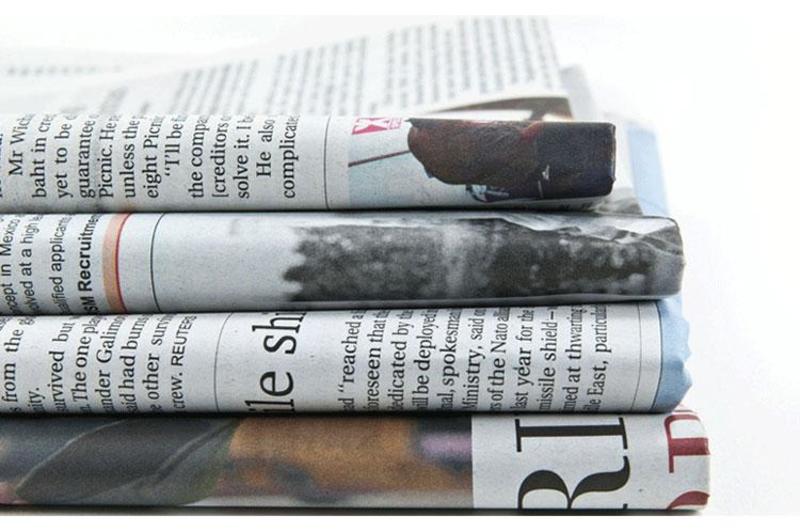

This website was created and maintained from May 2020 to May 2021 to commemorate the 75th anniversary of Stars and Stripes operations in the Pacific.
It will no longer be updated, but we encourage you to explore the site and view content we felt best illustrated Stars and Stripes' continued support of the Pacific theater since 1945.
Fair-like area greets PWs

By Bob Starr | Stars and Stripes April 21, 1953
FREEDOM VILLAGE, Apr. 21 — Freedom Village, first stopping place for captured Allied personnel on their way home from Communist confinement, might well have been the spot of a county fair yesterday except for the serious business at hand.
Complete with waving flags, brightly colored signs, crowds, cameras, and billowing tents, Freedom Village was stormed by hundreds, both working and sightseeing, who anxiously waited for the first returning soldier.
At 10:18 A.M. an Army helicopter landed in the reception area with the first man to be freed from the Communist hands and to be processed through the construction miracle called Freedom Village.
Both were litter patients. First man to be carried from the chopper's confines was PFC Robert C. Stell, Baltimore, with Canada's Cpl. P. Dugall, Quebec, the next.
At exactly 10.45 a.m., three ambulances arrived carrying 30 Americans and 70 other United Nations troops. All walked away from the Red Cross-marked vehicle and there were only two cases of emotional outbursts.
MARINES WEARING RAMP armbands (supposedly meaning "Recovered Allied Military Personnel") met the ambulances at the hospital gates and escorted each man to the receiving tents handling the different nations.
Directly in front of the huge receiving square were five long tents, all bearing welcome home signs and flying flags of the U.N. and the country of the returnees.
After each man had had a medical examination, Army officials asked him if he would like to talk to newsmen. Some did and others said simply they had nothing to say.
Inside a billowing, white-lined, double tent where they were seated before hoards of newsmen with cameras, flood lights, and flash bulbs, questions were pointed at them as newsmen tried to find out the answers to questions that have gone unanswered since the beginning of the conflict.
MOST OF THE MEN were motionless and answered the brief questions with brief answers, although some elaborated on a few of the questions.
Beaming with broad smiles, General Mark W. Clark, U.N. commander, and Lt. Gen. Maxwell D. Taylor, Eighth Army commanding general, met the first group of returnees. They shook hands and chatted with them as they stepped from the ambulances. Also standing near the two American returnee tents to greet the Allied men were General O. P. Weyland, commander of the Far East Air Forces, and Lt. Gen. Glenn O. Barcus, Fifth Air Force commander.


